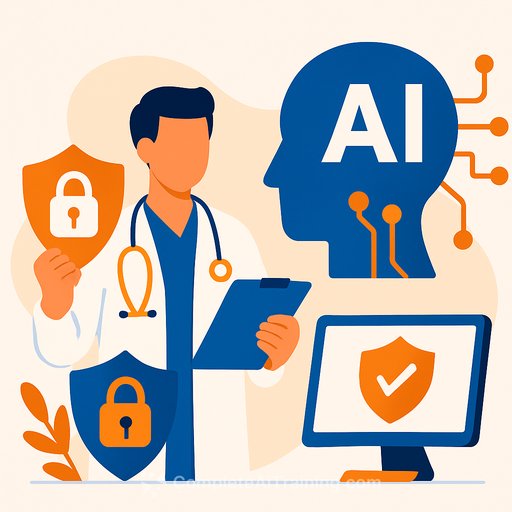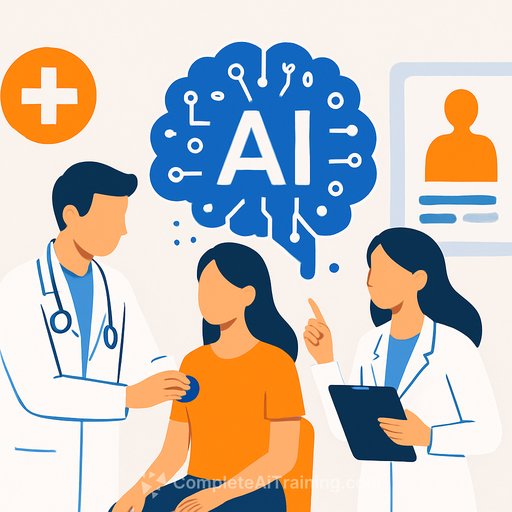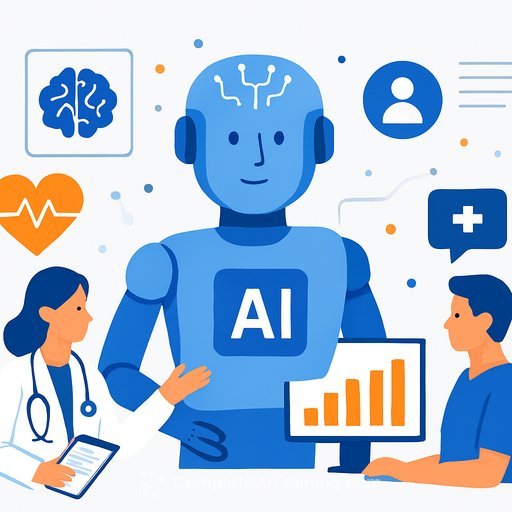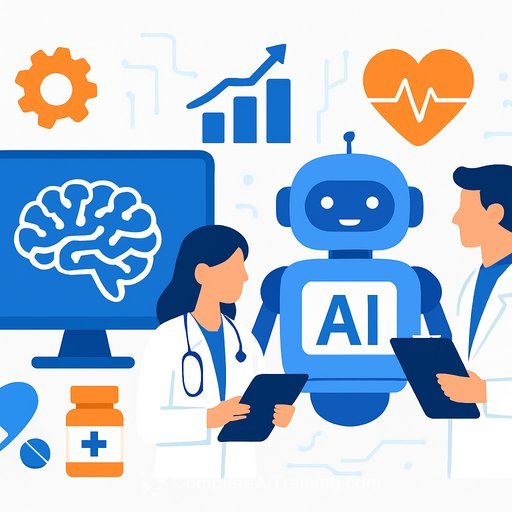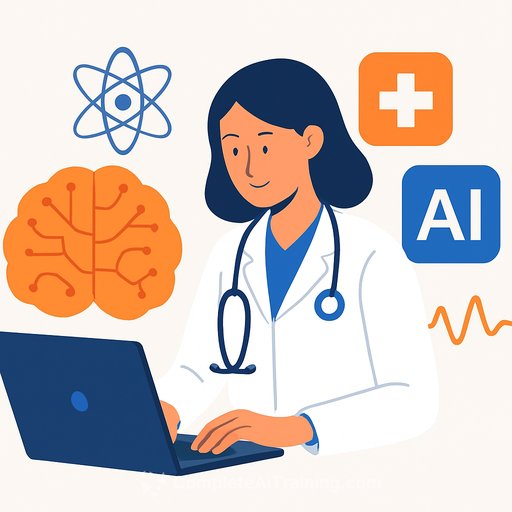6 AI Security Guidelines for Healthcare Organizations
Artificial intelligence tools can streamline healthcare workflows, but security must remain a priority. Protecting patient data and outcomes means implementing AI thoughtfully and safely. Here are six practical guidelines to help healthcare organizations adopt AI securely.
1. Deploy a Private Instance of an AI Tool
Hospitals should consider using AI solutions hosted in-house. This approach lets clinicians test AI chat apps without exposing sensitive data publicly. Alternatively, organizations can use cloud-based AI services from major providers like Amazon, Microsoft, or Google, which include privacy agreements that prevent customer data from being used to retrain AI models. This ensures patient data stays protected, even outside the hospital’s own infrastructure.
2. Establish an Action Plan in Case of an Attack
Healthcare IT teams must prepare for potential security incidents involving AI, such as data breaches or phishing attempts. A clear action plan should define immediate steps to contain and respond to attacks. This includes understanding new AI-related vulnerabilities across hardware, software, and network architecture, as well as aligning policies and regulatory requirements to mitigate risks.
3. Take Small Steps Toward AI Implementation
Start AI adoption with focused, manageable use cases. For example, use ambient listening or intelligent documentation to reduce administrative burden on clinicians. Avoid exposing your entire data estate to AI tools at once. Instead, identify specific problems you want AI to solve and implement solutions incrementally.
4. Use Organization Accounts With AI Tools
Always use official organization accounts rather than personal emails when accessing AI tools. This prevents unauthorized data sharing and minimizes the risk of patient information being used without consent.
5. Vet AI Tools No Matter Where They’re Used
Create a cross-functional oversight team that includes IT professionals, clinicians, and patient advocates to evaluate AI tools before adopting them. This team assesses what tools are in use, their purpose, and potential security implications. Such oversight helps maintain control without restricting innovation.
6. Conduct a Complete Risk Assessment and Full Audit
Perform a comprehensive risk assessment to identify compliance gaps and security vulnerabilities related to AI use. A full audit provides a clear picture of how AI systems interact with patient data and existing IT infrastructure. This step is essential for establishing strong governance and ensuring responsible AI deployment.
For healthcare professionals interested in enhancing their knowledge and skills around AI in healthcare, exploring specialized AI courses can provide valuable insights and practical training. Visit Complete AI Training for resources tailored to healthcare roles.
Your membership also unlocks:

